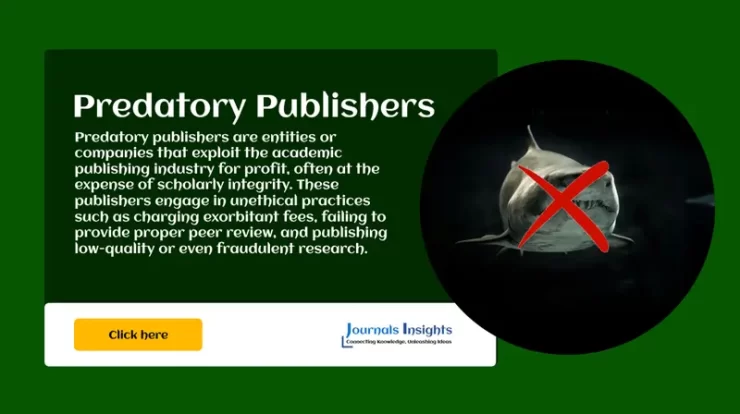Paleoceanography and Paleoclimatology Impact Factor, Quartile, Indexing, Ranking

Paleoceanography and Paleoclimatology (PP) is a scholarly journal dedicated to publishing research in the field of Earth and Planetary Sciences, and Published by John Wiley and Sons. The Print-ISSN of Paleoceanography and Paleoclimatology is 2572-4517 and its abbreviation is Paleoceanogr Paleoclimatol.
The latest Impact Factor of the Paleoceanography and Paleoclimatology for 2025-2026 is 3.5.The Publicaiton fees (APC) is $3,890 USD / £2,770 GBP / €3,330 EUR.
Paleoceanography and Paleoclimatology Aim and Scope
Paleoceanography and Paleoclimatology (PALO) publishes papers dealing with records of past environments, biota and climate. Understanding of the Earth system as it was in the past requires the employment of a wide range of approaches including marine and lacustrine sedimentology and speleothems; ice sheet formation and flow; stable isotope, trace element, and organic geochemistry; paleontology and molecular paleontology; evolutionary processes; mineralization in organisms; understanding tree-ring formation; seismic stratigraphy; physical, chemical, and biological oceanography; geochemical, climate and earth system modeling, and many others. The scope of this journal is regional to global, rather than local, and includes studies of any geologic age (Precambrian to Quaternary, including modern analogs). Within this framework, papers on the following topics are to be included: chronology, stratigraphy (where relevant to correlation of paleoceanographic events), paleoreconstructions, paleoceanographic modeling, paleocirculation (deep, intermediate, and shallow), paleoclimatology (e.g., paleowinds and cryosphere history), global sediment and geochemical cycles, anoxia, sea level changes and effects, relations between biotic evolution and paleoceanography, biotic crises, paleobiology (e.g., ecology of “microfossils” used in paleoceanography), techniques and approaches in paleoceanographic inferences, and modern paleoceanographic analogs, and quantitative and integrative analysis of coupled ocean-atmosphere-biosphere processes. Paleoceanographic and Paleoclimate studies enable us to use the past in order to gain information on possible future climatic and biotic developments: the past is the key to the future, just as much and maybe more than the present is the key to the past.
Paleoceanography and Paleoclimatology Details
| Journal title | Paleoceanography and Paleoclimatology (PP) |
| Abbreviation | Paleoceanogr Paleoclimatol |
| Print ISSN | 2572-4517 |
| Online ISSN | 2572-4525 |
| Publisher Name | John Wiley and Sons |
| Editor-in-chief | Matthew Huber |
| Subject Category | Earth and Planetary Sciences |
| Access type | Hybrid |
| Status | 🟢 Active |
Paleoceanography and Paleoclimatology Metrics and Rankings
In the context of academic journals, "Metrics and Rankings" refer to various measures and evaluations used to assess the quality, influence, and impact of a journal.
Below are the metrics and rankings for the journal Paleoceanography and Paleoclimatology
| Impact Factor | 3.5 |
| SJR | 1.721 |
| SNIP | 1.004 |
| Ranking | 2043 |
| CiteScore | 6.3 |
| H-Index | 138 |
| Quartile | Q1 |
Paleoceanography and Paleoclimatology Article Processing Charge (APC)
| Article Publication Charges (APC) |
$3,890 USD / £2,770 GBP / €3,330 EUR ✳️Without APC Earth and Planetary Sciences Journals |
Paleoceanography and Paleoclimatology Abstracting and Indexing
Abstracting and Indexing (A&I) refers to the processes that help organize and categorize academic journals, making them easier to find and access for researchers and scholars
| Abstracting and Indexing |
Paleoceanography and Paleoclimatology Submission
If you would like to submit a manuscript or visit the journal's website, please click on the link below.
| Journal Submission | 🔗 Journal Website |
Advertisement
Earth and Planetary Sciences Journals List
- Annals of Geophysics Earth and Planetary Sciences Impact Factor, Indexing, Ranking
- Alpine and Mediterranean Quaternary Earth and Planetary Sciences Impact Factor, Indexing, Ranking
- Advances in Oceanography and Limnology Earth and Planetary Sciences Impact Factor, Indexing, Ranking
- Advances in Astronomy Earth and Planetary Sciences Impact Factor, Indexing, Ranking
- Acta Palaeontologica Polonica Earth and Planetary Sciences Impact Factor, Indexing, Ranking
- Limnology and Oceanography Earth and Planetary Sciences Impact Factor, Indexing, Ranking
- Journal of Physical Oceanography Earth and Planetary Sciences Impact Factor, Indexing, Ranking
- AAPG Bulletin Earth and Planetary Sciences Impact Factor, Indexing, Ranking
- Permafrost and Periglacial Processes Earth and Planetary Sciences Impact Factor, Indexing, Ranking
- Paleoceanography and Paleoclimatology Earth and Planetary Sciences Impact Factor, Indexing, Ranking

